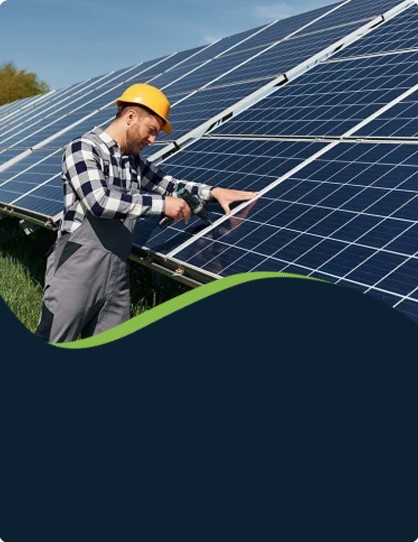
-
[email protected]

-
Building 1, No. 21 Shengfa Road, Lucheng District, Wenzhou, Zhejiang, China



The integration of solar panel photovoltaic (PV) systems into commercial settings has become a pivotal strategy for businesses aiming to reduce operational costs and enhance sustainability.
At its core, a solar panel PV system converts sunlight into electricity through the use of photovoltaic cells. These cells, typically made from silicon, generate direct current (DC) electricity when exposed to sunlight. This DC electricity is then converted to alternating current (AC) by an inverter, making it suitable for use in commercial buildings and for feeding into the electrical grid.

The efficiency of a solar panel PV system depends on several factors, including the quality of the panels, the angle and orientation of installation, and the amount of sunlight the location receives. Modern solar panels have significantly improved in efficiency, allowing for greater energy production even in areas with moderate sunlight.
Commercial photovoltaic systems are designed to meet the unique energy demands of businesses. Unlike residential systems, which often focus on offsetting household electricity usage, commercial PV systems are scaled to handle larger loads and provide substantial energy savings. These systems can be installed on rooftops, carports, or open land adjacent to commercial properties.
One of the key advantages of commercial PV systems is their ability to generate electricity during peak daylight hours, which often coincide with peak electricity demand and higher utility rates. By producing their own electricity, businesses can reduce their reliance on grid power during these expensive periods, pilot significant cost savings over time.
The economic case for commercial photovoltaic systems is compelling. While the initial investment in a commercial PV system can be substantial, the long-term financial benefits often outweigh the upfront costs. Businesses can benefit from reduced electricity bills, which can be particularly significant for large consumers of electricity. Additionally, many governments and local authorities offer incentives, such as tax credits and rebates, to encourage businesses to adopt renewable energy solutions.
Moreover, commercial PV systems can enhance a business's reputation by demonstrating a commitment to sustainability. In today's environmentally conscious market, consumers and clients increasingly prefer to support businesses that prioritize eco-friendly practices. This can pilot improved brand loyalty and a competitive edge in the market.
Implementing a commercial PV system requires careful planning and consideration of various technical and operational factors. The one step is to conduct a thorough energy audit to understand the business's current electricity usage and identify potential areas for energy efficiency improvements.
The installation process involves selecting the right location for the solar panels, ensuring they receive big sunlight exposure throughout the year. This may involve installing panels at an good angle and orientation, as well as considering shading from nearby buildings or trees.
Energy storage systems, such as batteries, are becoming increasingly popular as they allow businesses to store excess solar energy generated during the day for use during periods of high demand or when sunlight is unavailable. This not only enhances the reliability of the system but also provides additional cost savings by reducing the need for grid power.
Commercial photovoltaic systems offer a viable and sustainable solution for businesses looking to reduce their energy costs and environmental impact. By harnessing the power of the sun, businesses can achieve significant financial savings while demonstrating a commitment to sustainability.
Your email address will not be published. Required field are marked*
